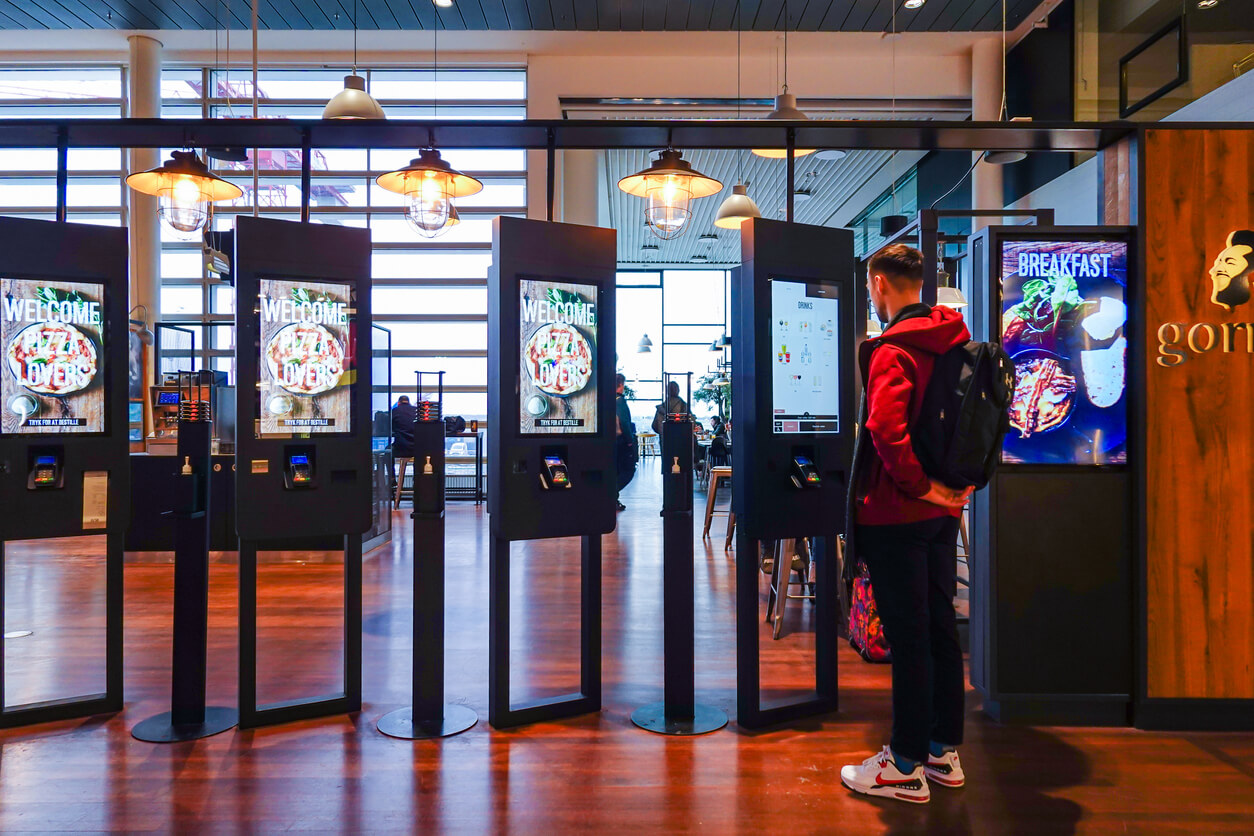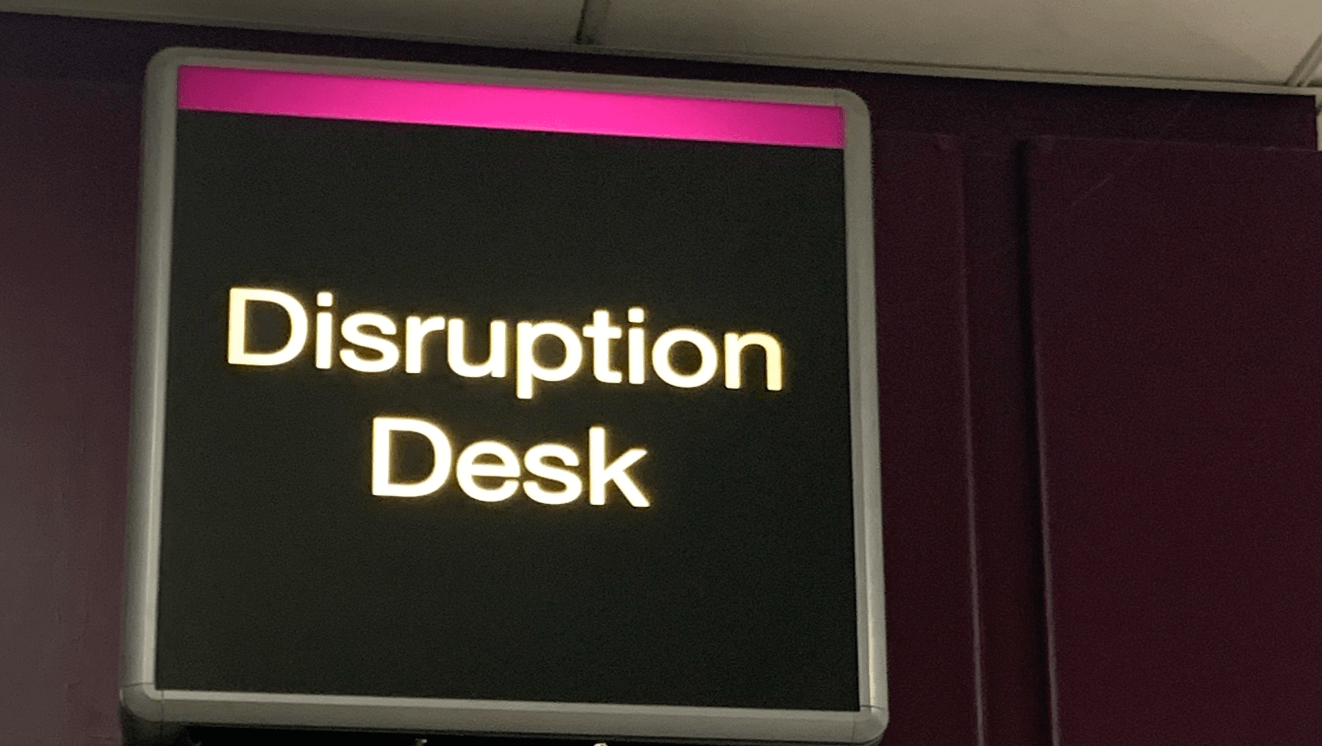Summary: Service Safaris can be used to kick-off a service blueprint. Service Designers can ground the stakeholder team on user insights and introduce the value of Ethnography. Service Safaris provides a quick “context check” and informal touchpoint inventory.
In the recent Miniclass, Kick-start Service Design with Service Safaris, Frank Spillers covered the proper use of the technique. The concept of the Service Safari is derived from the traditional notion of a safari—an expedition to observe and study wildlife in its natural habitat. Similarly, a Service Safari is an observational research technique involving researchers immersing themselves in the service environment to observe and analyze customer interactions and touchpoints.
Also see What is a Service Safari?
Key Point: Service Safaris are not a replacement for Ethnography
Service Safaris provides a quick and low-cost reconnaissance of a service environment. They involve immersing team members in the services they offer by experiencing them as customers. This approach provides insights into the customer’s journey, highlighting pain points and opportunities for improvement. However, it’s crucial to understand that Service Safaris complements, rather than replaces, traditional ethnography. Why? Deep insights come from understanding actual customers experiences as they navigate service spaces.
Why Ethnography?
Ethnography is a research method rooted in anthropology. It involves observing and interacting with participants in their real-life environment. This method offers a deep, nuanced understanding of customer behaviors, motivations, and needs over time. It’s invaluable for uncovering insights that might not be immediately apparent.
Service Safaris, by contrast, are more immediate and hands-on. They allow teams to quickly empathize with users by stepping into their shoes. However, they lack the depth and breadth of insights provided by ethnography. Thus, while Service Safaris are useful for engaging teams and sparking interest in user experience, they should not be the sole user research method.
Use Service Safaris to Engage Your Organization
One of Service Safaris’ primary benefits is its ability to engage and align your organization around an evidence-based Service Blueprint. By experiencing service environments firsthand, stakeholders gain a direct understanding of the customer’s journey. This shared experience can be an effective way to socialize a team to user insights—a pre-requisite to creating actionable Service Blueprints.
Bottom Line
Service Safaris are a useful tool for engaging teams and aligning organizations around user insights. Use safaris at the start of your Service Blueprint process to get everyone in the mood. However, they are not a standalone solution. For the most comprehensive understanding of your users, combine Service Safaris with ethnographic research. This dual approach ensures both immediate empathy and deep, nuanced insights, paving the way for truly human-centered service design and innovation.








